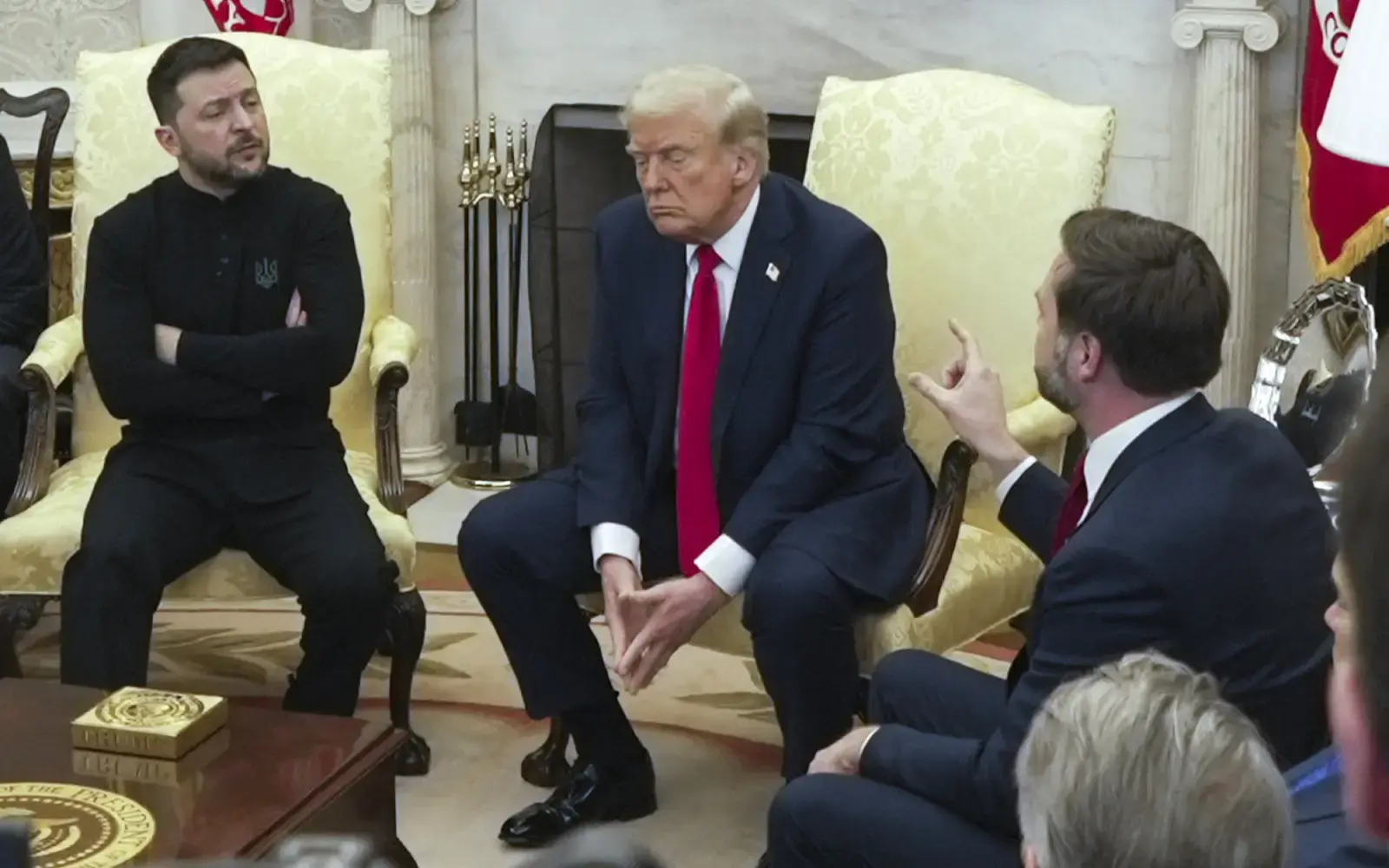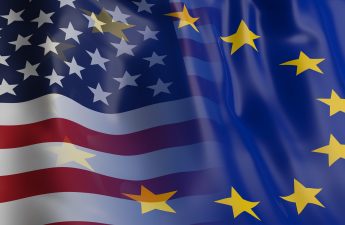It feels like books were already written about the disaster that unfolded on February 28th in the Oval Office. There’s always a perspective, an angle, a rhetoric that helps us make sense of this new way of shaping the global order. Some have chosen humor and sarcasm—and I have to give it to them: Trump’s temper, Vance’s contradictions, and Zelensky’s defiance make them easy targets. But reducing it to mere spectacle misses the real stakes. Ukraine’s survival is on the line, Eastern Europe’s defense is being questioned, America’s credibility is suffering, and European leaders are finally receiving their wake-up call.
For those of us who cherish NATO and still view the U.S. as the leader of the free world, this wasn’t entertainment—it was a diplomatic failure.
Now, in politics, things are rarely black and white. Taking sides doesn’t always help, but one glaring lesson from this debacle is how to avoid public disasters when perspectives collide. The meeting was doomed from the start, largely because protocol wasn’t followed. These things follow a clear chronological order: first, discussions and negotiations; then, the in-person meetings, where leaders vent, explain, and try to influence. Only after a compromise is reached do they go public, shake hands, express gratitude, and move to the next stage.
This time, none of that happened.
Predictably, Trump positioned himself as a neutral mediator, repeatedly saying, “I’m in the middle, I want to solve this thing,” even restraining himself (to a point) from his usual theatrics. He sees himself as a great dealmaker, eyeing peace as a quick legacy win. But he is also a narcissist who thrives on appreciation, gratitude, and attention. Like it or not, that’s who he is, and when dealing with him, there are certain boxes that need to be checked.
Zelensky entered the press conference carrying the weight of his nation’s survival. Like Macron and Starmer, he had to challenge Trump’s claim that the U.S. had contributed more aid than Europe. He also had to make it clear—both to Trump and to his own people—that Putin’s history of broken agreements ruled out blind trust. In exchange for the rare minerals deal, he demanded real security guarantees. When leading a country at war, everything becomes more sensitive. The Ukrainians are exhausted, but they are far from capitulation. You can’t tell a soldier who has been fighting an invader for three years that it’s over, that concessions will be made, and that this time, we’ll just “hope” the Russians keep their word.
That’s why Zelensky pushed back when Trump described Ukraine as being “torn by war.” As Paul Schwennesen put it so well:
“Yes, Ukraine has suffered substantially, and its people are tired, but the country is far from desperate. Most cities operate on entirely normal lines: café life is vigorous, and families go about their business as if war was a distant memory. It is entirely normal now for soldiers to blast away at Russian advances in the morning, then calmy nosh pizza in a quiet street that afternoon. Internal supply lines are a very powerful advantage. The pressure on Ukrainians, in other words, to accept an imposed peace simply isn’t there.”
The objectives of the meeting only widened the divide. Trump wanted a “very big agreement” on Ukraine’s rare earth minerals, offering to drop his demand for a $500 billion aid repayment in exchange for investment opportunities and a quick resolution he could sell to voters. He needed control, and losing his temper—or the narrative—was never part of the plan.
Zelensky’s mission was more complex. First, he had to restore some form of working relationship with Trump, who had previously called him a dictator. Second, he needed to secure loud and clear U.S. support. The minerals deal was secondary, it was merely part of the broader security guarantees infrastructure.
But the real wildcard of the meeting—the agitator—was JD Vance. This is the same Vance who, back in 2022, told Steve Bannon’s War Room:
“I gotta be honest with you, I don’t really care what happens to Ukraine one way or another.”
His goal in this meeting was unclear, but it was likely power play. He sought to align himself with Trump while asserting his own authority. His newfound diplomatic interest conveniently served his larger political ambitions. But when Zelensky pushed back, questioning his understanding of the war, Vance escalated:
“Have you said thank you once? … ‘Accept that there are disagreements and let’s go litigate those disagreements rather than trying to fight it out in the American media when you’re wrong. We know that you’re wrong.’
It was a calculated move—baiting Zelensky into confrontation and pulling Trump into the fray. That’s when the meeting unraveled.
Vance was the architect of this disaster. In truth, the very decision to hold this meeting without proper groundwork was a mistake, but he ensured it exploded.
Diplomacy relies on discretion, mutual respect, and preparation. Respect was thrown out the window the moment Vance turned the press conference into a lecture, positioning himself, Trump, and America not as partners, but as superiors. Proper preparation would have included a carefully crafted common message—one where Zelensky expressed gratitude, Trump demonstrated leadership, and Vance reinforced a sense of unity. Instead, we got chaos.
The Outcomes
For the U.S., the spectacle was an embarrassment—broadcast dysfunction at the highest level of power.
For Zelensky, the outcome was mixed. The meeting undoubtedly harmed his relationship with Trump, a vindictive leader, but perhaps not with the U.S. itself. Many of Trump’s voters felt betrayed by how the meeting unfolded. Yet on the global stage, it helped Zelensky rally support, particularly in Europe, where public opinion had begun to waver.
Unfortunately, one of the biggest winners of this catastrophe was Vladimir Putin. Russian officials like Medvedev and Maria Zakharova wasted no time praising Trump. But was that the outcome Trump really wanted? He doesn’t want to be remembered as the U.S. president who abandoned Ukraine to the Russians and left Eastern Europe unprotected. That’s no legacy.
Perhaps the most significant outcome was the wake-up call for European leaders. They are finally discussing serious defense commitments and a unified stance. Because in the end, that’s how you project strength, unity, and leadership.


